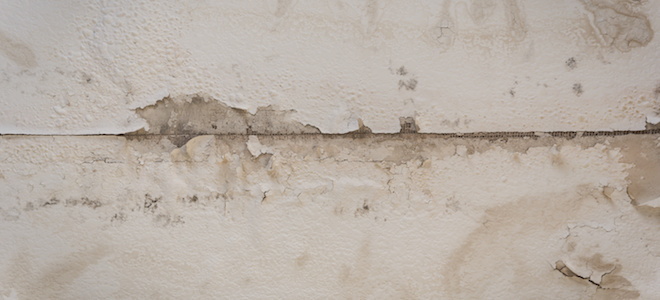How to Locate and Eliminate Drywall Water Damage and Mold
What You"ll need :
- Sponge
- Water
- Utility knife
- Rubber gloves
- Eye protection
- Face mask
- Sander
- Mop
- Bleach
- Measuring tape
- Drywall
- Drywall tape
- Spackle
Drywall water damage is no laughing matter. In fact, it can be an expensive repair job as well as potentially harmful situation to your health if it is not taken care of quickly, as drywall water damage can easily lead to mold growth.
There are various types of molds that can be found on drywall, and all of them are potentially toxic. Prolonged exposure to mold can cause migraines, shortness of breath, allergies, and even death. Drywall water damage can be remedied with some simple steps. This article will show you how.
Step 1 - Locating the Mold
The most effective tool you possess to find mold is your nose. Pay close attention to the smells around you. Mold will smell like a damp basement. Mold is usually located near the drywall water damage. There are areas of the home where drywall is more susceptible to mold. These places include the basement, attic, water appliances, sinks, toilets, and around windows.Step 2 - Cutting Away Drywall
Mild exterior mold can be killed with bleach and water, but the best course of action is to remove the affected piece of drywall completely. That does not mean that you have to rip down the entire wall. Locate the area that has water damage and draw a square around it, extending it by several inches.Use the utility knife to cut out the piece of drywall and inspect it for mold. Wear your protective gear. If mold extends past the extra space you have cut, then you will have to remove more drywall until you are positive the mold has been removed.
Step 3 - Cleaning the Mold
Drywall needs to be thrown away, but the wood behind it does not. It can be cleaned. Any wood that is found behind the affected drywall should be sanded to remove the mold. It will not take much sanding, as mold is mainly on the surface. Once the wood is sanded, you should clean the surrounding surfaces with a solution of 1 part bleach and 1 part water.Step 4 - Sealing the Holes
Patching drywall after drywall water damage is not that difficult. First, measure the space that you cut and transfer those measurements to a sheet of drywall. Then carefully cut the piece out and fit it to the hole. It should just slide into place, but you can trim it as needed to make it fit. Once the piece fits, apply drywall tape to secure it. Tape around the entire piece. You can then spackle the edges to further seal the drywall.Source : doityourself.com

